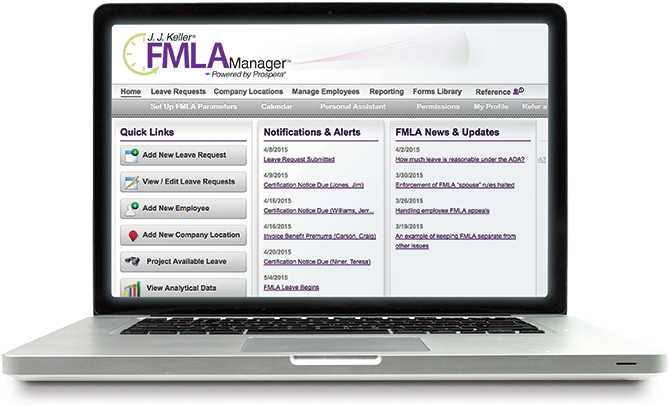FMLA certifications, recertifications, six months, and the leave year
You know the situation: An employee takes approved intermittent FMLA leave. The initial certification indicates how often the employee is estimated to be out during the next six months.
The situation also calls for knowing some details on requesting a recertification in six months.
Generally, you may request a recertification every six months, but you may make such a request only in relation to an absence. Don’t automatically request a recertification at the six-month threshold. You must wait until the employee actually takes leave after the six months have expired.
If, for example, Jo Employee began taking leave for her migraines on February 18. The six-month period would last until August 18. If Jo has no absences on August 18, you would wait until she does have a related absence. When she puts you on notice of the need for leave after August 18, you may request a recertification.
Employees taking intermittent FMLA leave still need to notify you of when they will need leave, so you should be made aware of when Jo will need leave. She must either mention the FMLA or the qualifying reason (e.g., migraines) for the leave.
Leave year
The method you use to calculate the 12-month leave year period also comes into play when it comes to recertifications and new certifications.
Let’s continue with Jo as our example. She began leave on February 18. August 18 came and went, and Jo subsequently requested leave on August 30. That’s when you requested a recertification.
If you use the calendar year method to calculate the 12-month leave year period, you could request a new, initial certification when Jo asks for leave any time after January 1. This rather resets the recertification cycle.
This is true even if Jo provided a recertification in August. If she took FMLA leave on January 2, you could request a new certification on that date, even though six months have not passed since she provided a recertification. The recertification was in the previous leave year.
The same type of calculation would be made for any static 12-month leave year period, such as a fiscal year or the 12 months measured forward from when an employee first takes leave.
If you use the rolling backward method to calculate the 12-month leave year period, however, you could request a new certification when Jo requests leave for the first time after 12 months have passed since she first took leave. Jo began leave on February 18. Therefore, when she requests leave for the first time after February 18 of the following year, you may request a new certification.
You are not mandated to request a certification or recertification. If a certification indicates the leave expected for six months, you may extend the leave information to 12 months if you wish. Of course, you might not have the most current information regarding the employee’s need for FMLA leave.
Key takeaway: Asking for certifications every six months generally occurs within a 12-month leave year period, and may be requested only in relation to an absence. A new certification may be requested when an employee requests leave in a new 12-month leave year.
You may also enjoy the following articles:

The J. J. Keller FMLA Manager service is your business resource for tracking employee leave and ensuring compliance with the latest Federal and State FMLA requirements.